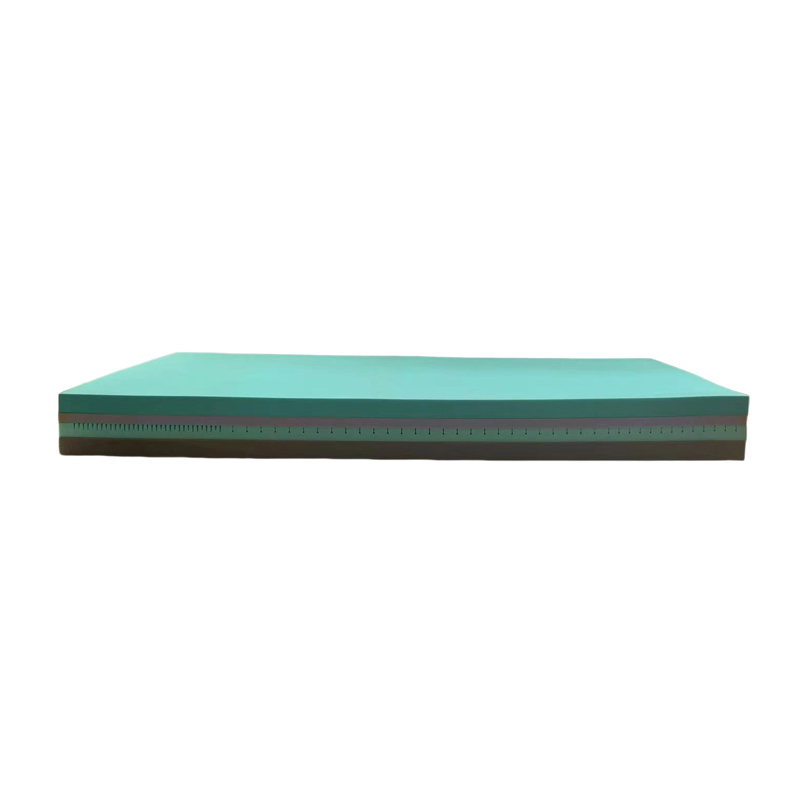Hospital Air Mattress Solutions for Effective Pressure Relief and Patient Comfort
The Importance of Hospital Air Mattresses for Pressure Relief
In healthcare settings, especially hospitals, patient comfort and safety are paramount. One significant aspect of patient care is the prevention of pressure ulcers, also known as bedsores, which can develop when patients are confined to bed for extended periods. Hospital air mattresses for pressure relief serve as a crucial tool in this prevention strategy, promoting patient well-being while reducing the risk of skin breakdown.
Understanding Pressure Ulcers
Pressure ulcers are localized injuries to the skin and underlying tissue, primarily caused by prolonged pressure, often over bony areas. These wounds can lead to serious complications, including infections, prolonged hospital stays, and increased healthcare costs. The incidence of pressure ulcers is particularly high among patients with limited mobility, such as those who are bedridden or have undergone surgery.
To mitigate the risk of developing pressure ulcers, healthcare facilities rely on various interventions, including regular repositioning, skin care, and the use of specialized mattresses. Among these, air mattresses have gained prominence due to their effectiveness in redistributing pressure and providing superior support.
The Functionality of Hospital Air Mattresses
Hospital air mattresses are designed to optimize patient comfort while effectively alleviating pressure from vulnerable areas. They are typically constructed with interconnected air cells that can be inflated or deflated using a pump controlled by the healthcare staff. This adjustable feature allows providers to customize the firmness of the mattress based on an individual patient's needs.
One of the key advantages of air mattresses is their ability to redistribute the patient's weight across a larger surface area. When patients lie on a traditional foam or spring mattress, the pressure remains concentrated on specific points, which can lead to skin damage. In contrast, air mattresses actively adjust to the patient's movements, reducing pressure at high-risk areas such as the heels, sacrum, and elbows.
Types of Air Mattresses
There are several types of hospital air mattresses available, each designed for different levels of risk associated with pressure ulcers
1. Static Air Mattresses These are simple inflatable mattresses that maintain a constant inflation level. They provide basic support and comfort but may not offer the advanced therapeutic benefits found in dynamic systems.
hospital air mattress for pressure relief

2. Dynamic Air Mattresses These systems continuously alternate the air pressure in the cells through a cycle, which helps improve blood flow to the skin and reduce prolonged pressure exposure. Dynamic mattresses are particularly beneficial for higher-risk patients.
3. Low Air Loss Mattresses This type utilizes a combination of low air pressure and a constant supply of air to keep the surface of the mattress cool and dry. These features are essential for patients with existing pressure ulcers or those at significant risk of developing them.
Benefits of Using Air Mattresses in Hospitals
Incorporating hospital air mattresses into patient care provides numerous benefits
- Enhanced Comfort Patients resting on air mattresses often report less discomfort and better sleep quality, which can contribute to shorter recovery times.
- Reduction of Pressure Ulcers Studies have shown that the use of air mattresses significantly decreases the incidence of pressure ulcers in at-risk populations.
- Improved Mobility With better support from an air mattress, patients may find it easier to shift their positions, promoting mobility and further reducing pressure risks.
- Customization The ability to adjust the firmness of the mattress allows healthcare providers to meet the specific needs of each patient, which is vital for effective care management.
Conclusion
Hospital air mattresses for pressure relief are an essential component of patient care in healthcare settings. By redistributing pressure, enhancing comfort, and aiding in the prevention of pressure ulcers, these specialized mattresses contribute significantly to the overall health and recovery of patients. As healthcare continues to evolve, the integration of such technologies will be vital in ensuring that patients receive not only the best medical care but also the comfort they deserve during their recovery process.
-
the-truth-about-orthopedic-mattresses-for-sore-back-painNewsAug.23,2025
-
space-saving-benefits-of-a-single-mattress-cubeNewsAug.23,2025
-
eco-friendly-advantages-of-a-silicon-mattressNewsAug.23,2025
-
how-to-fix-sagging-in-a-special-mattressNewsAug.23,2025
-
how-ambulance-stretcher-mattresses-reduce-pressure-injuriesNewsAug.23,2025
-
best-cleaning-practices-for-a-hospital-mattress-doubleNewsAug.22,2025
-
Mattresses Designed for Back Pain ReliefNewsAug.08,2025

